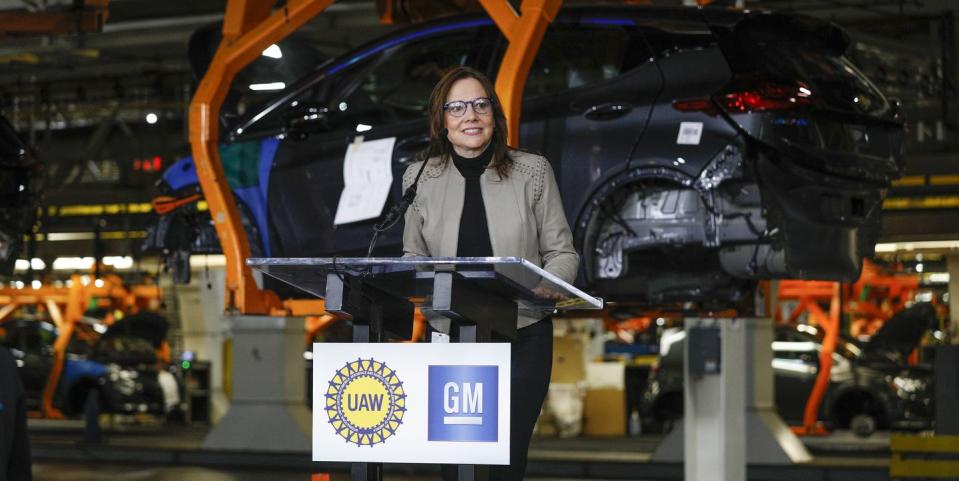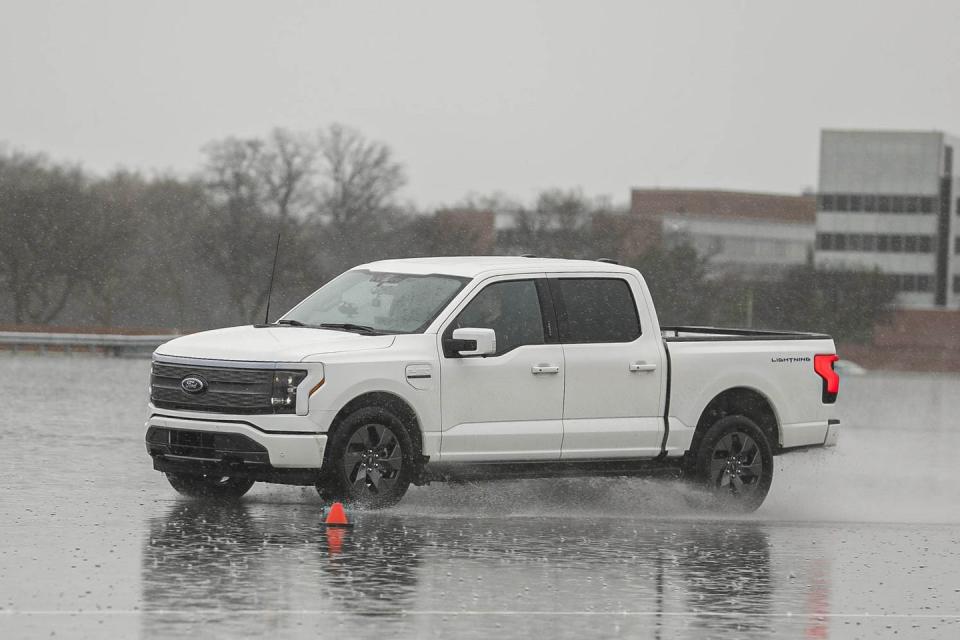California’s 2035 Zero-Emissions Mandate Is Just Keeping Up with the Industry

Analysts now expect the US EV market to reach at least 30% by 2030.
California’s 2035 ZEV rule could push most EV sales to 16 states, with the other 34 leaning heavier toward internal combustion.
There is hope for breakthroughs in scarce material procurement and North American battery production.
In March 2020, just before the COVID-19 pandemic shut down businesses across the globe, General Motors offered Wall Street analysts and auto journalists a sneak peek at its future EV portfolio, including the GMC Hummer and Cadillac Lyriq and Celestiq. CEO Mary Barra said GM would sell 1 million EVs by 2025—though that’s worldwide, mostly in China. Before her announcement, hardly anyone in the business predicted the US market for EVs would breach the 10% level by 2030.
Today, such a forecast would be obsolete.
Since then, future EVs from startup Tesla competitors and legacy automakers alike have taken over the new car-and-truck conversation. By 2030, all new Ford Mustangs, Lincolns, Chevrolet Camaros, replacements for Dodge’s Charger and Challenger, all Buicks and Volvos, a new-age VW Microbus, and some percentage of Corvettes will be battery-electric.
Just last week, the California Air Resources Board announced its latest emissions-fighting rule banning anything but zero-emissions vehicles by 2035. According to CARB’s estimates, California and the 15 other states that usually hitchhike the state’s waiver exempting it from US Environmental Protection Agency emissions standards account for 36.5% of the nation’s auto market.
Ford and GM have since issued statements in support of California’s 2035 rules, shortly after CARB passed them on Aug. 25.

AutoForecast Solutions estimates 5.27% of new vehicles sold in the US this year will be all-electric, and that will jump to 9.23% in 2023, nearly tripled from 3.28% in 2021, and up from 1.41% in 2019.
“The future is already here,” says Michael Dunne from automotive global intelligence firm ZoZoGo. “It’s just unevenly distributed. We’re not looking at mass adoption yet.” At an average price of $66,000 for EVs, and two-thirds of them Teslas in California, “we’re really talking about a premium market.”
EV tax credits extended in the recently passed Inflation Reduction Act, which establish as-yet unobtainable standards for US and trade-partner manufacturing, processing, and materials mining, will be available on EV cars with MSRPs up to $55,000 and EV trucks and vans up to $80,000.

 Yahoo Autos
Yahoo Autos